Quentin Tarantino Films | A Definitive Ranking – From Worst To Best
An oft repeated quote from Quentin Tarantino is that he never went to film school, he just went to films. Watching his films, it becomes incredibly evident how this is. Though he might lack virtuoso technique, Tarantino’s movies are clear love letters to cinema, and nearly every frame that he projects has got a staggering amount of love in them. He’s a director that has got a very clear obsession with genre, and most his best films are genre experiments; films made by somebody who has studied and has a very clear grasp of the form of the genre they choose to confine themselves in. Whilst the criticisms of self-indulgence and his frequent reliance of style over substance are true, his films burst with so much wit and exuberance that most of the time he can pull it off. Certainly he handles absurd humour, snappy dialogue, non-linear narratives and shocking, schooled displays of violence better than a lot of directors. Dublin’s Sugar Club recently held a celebration week in honour of the director and the trailer for his new film, The Hateful Eight, was recently released, so here’s how his past filmography lines up.
8 – Jackie Brown
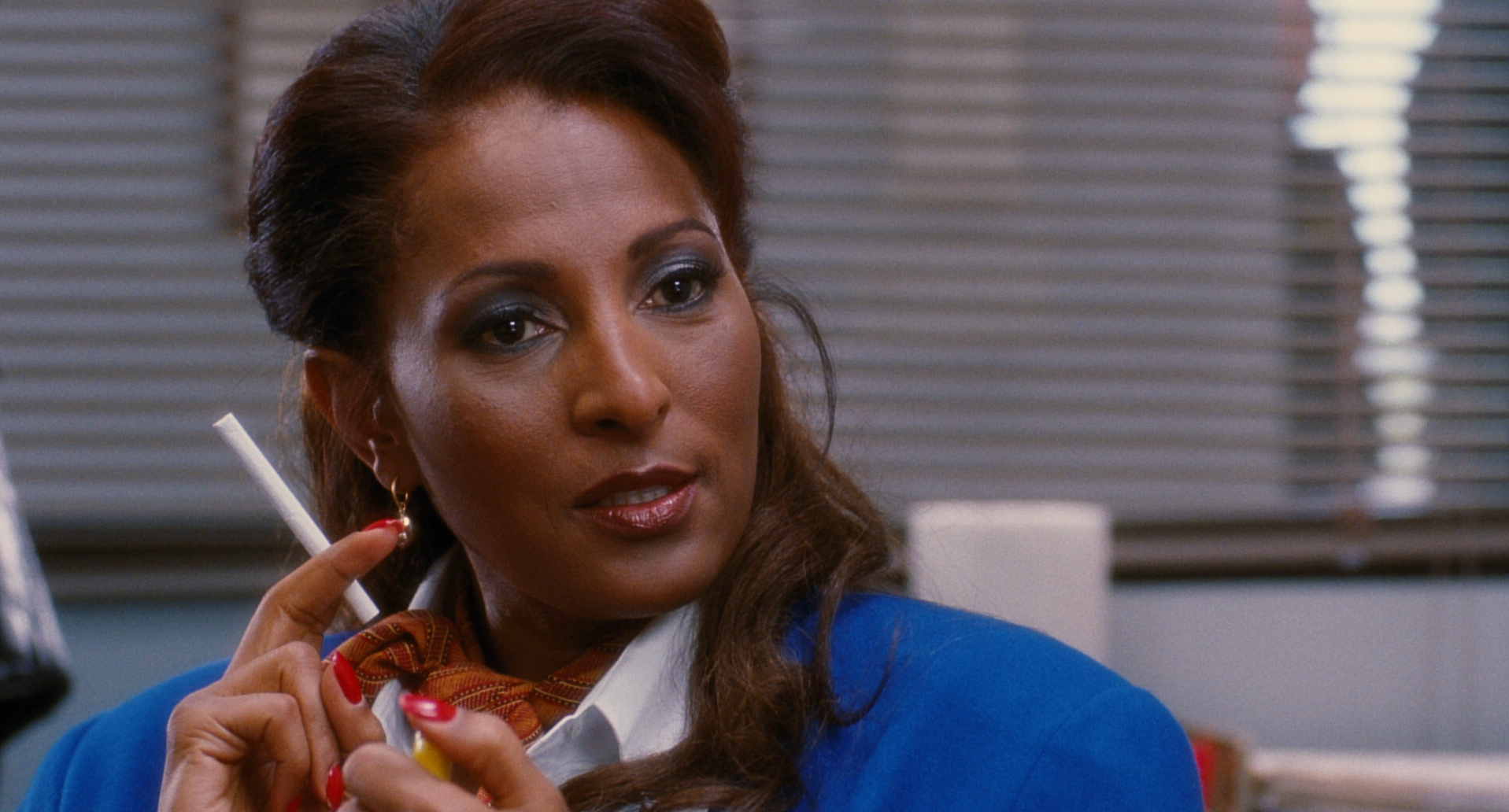
Tarantino’s third film is his worst by quite some margin. The cause of this is likely that fact that he didn’t wholly write the movie. Jackie Brown is a loose adaptation of Elmore Leonard’s novel Rum Punch, and Tarantino has a hard time adapting the novel’s plot. The story is much more complex than anything he’s written himself and it jars quite heavily with his own style. The tone is remarkably inconsistent, moving from serious to farcical, especially when Tarantino attempts to inject some of his own personality into the story. Pam Grier gives a very good performance as the title character, but even she, along with a very strong cast that includes Robert De Niro, Bridget Fonda, Samuel L. Jackson and Michael Keaton, can’t stop the slide into boredom.
Key scene: The scene where Bridget Fonda’s Melanie Ralston mocks Robert De Niro’s Louis to tragic effect. This scene is one of the rare instances in the film where Tarantino’s signature style doesn’t clash badly with the overall plot.
7 – Django Unchained

Django Unchained isn’t an outright bad film, it just feels like a strangely empty movie. It runs for 165 minutes, but very little seems to actually happen. The plot is relatively simple, and the whole film can be summed up in a few lines, so its running length feels very baggy. This is surprising because its setting (1850s southern United States) and themes (slavery, revenge), offer the director a chance to really do something interesting. It was Tarantino’s second attempt at a western, technically his first proper western, and he doesn’t really do much with the genre. Tone wise, the film is all over the place. Some scenes are over the top in their depictions of violence and racism, where as others are as humourless and serious as Steve McQueen’s 12 Years a Slave. Tarantino argued that he wanted this film to create dialogues about slavery, a weighty topic, and racism, something he’s long been accused of, but at the same time he throws in hall marks of exploitation cinema, making it difficult to understand how it should be interpreted. The cast, for the most part, can be described as serviceable. Jaime Foxx, Leonardo Di Caprio and Kerry Washington all give decent, but not remarkable, performances. Worst of all though Christoph Waltz, who was having so much fun in Inglorious Bastards, is merely reliable.
Key Scene: Big Daddy’s awry ambush on Django and Dr. Schutz. The scene is a clever subversion on a number of western tropes and it handles the film’s themes in a deft, but very witty manner. It makes you wish the entire film was like that.
6 – Kill Bill: Vol. 2
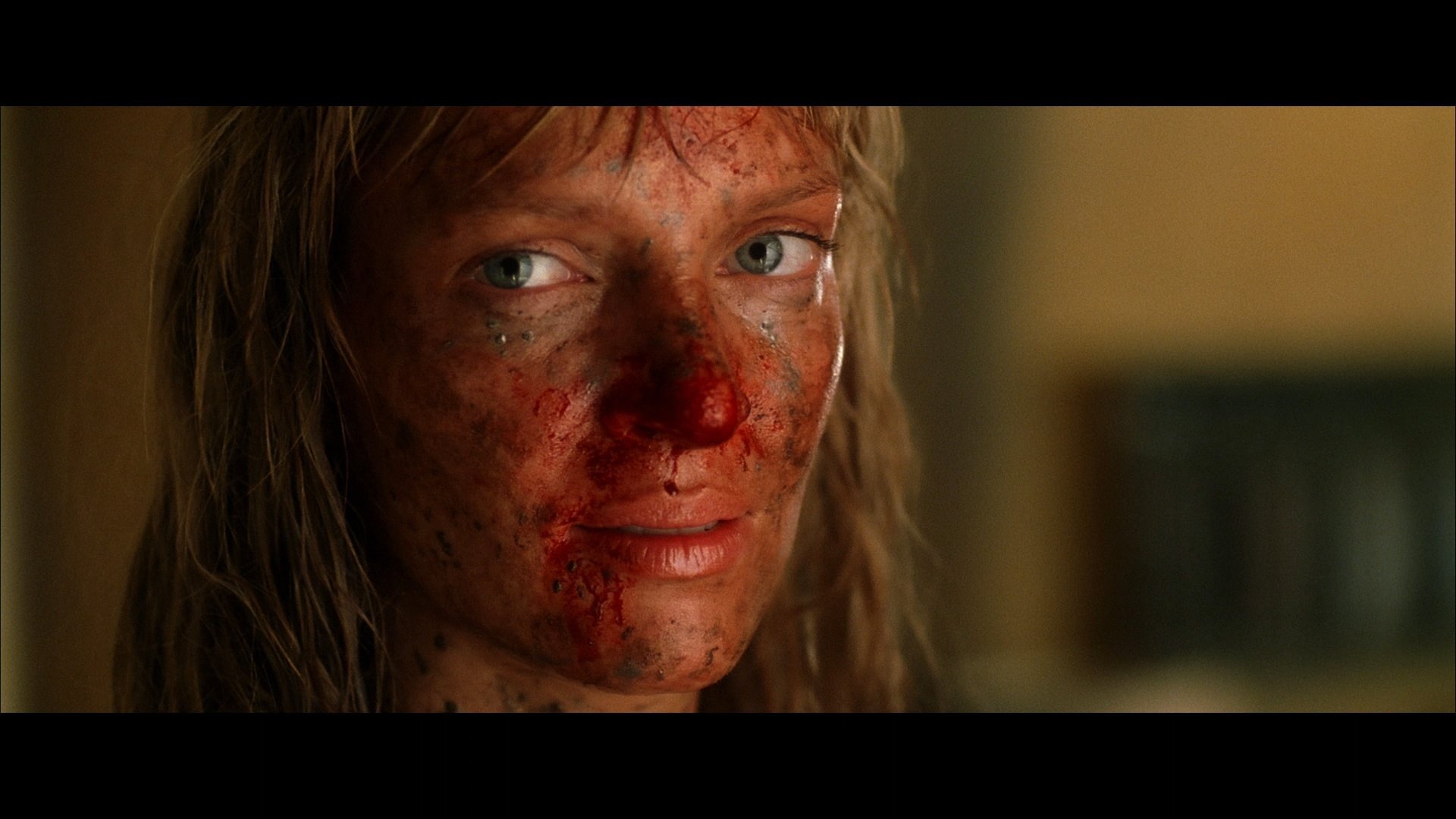
The first Kill Bill movie was almost entirely action, and the second volume is dedicated to explaining and wrapping up most of the story. Vol. 1 is such a blast and moves at such a breakneck pace that its successor has a workmanlike air to it – it wraps up the story but only because it has to. The fight scenes barely hold a candle to the glorious carnage of the first film, and only remind you just how enjoyable it was. That said, there are some seriously, seriously good moments. “The Cruel Tutelage of Pi Mai” is one of best sequences Tarantino has ever filmed, a gloriously irreverent tribute to samurai movies. The subtle and quietly tense final act, where the bride finally confronts Bill, feels very earned as well, and while Tarantino throws some of his favourite indulgences into these scenes, namely long passages of dialogue and a smattering of pop culture references, and the whole thing plays out brilliantly.
Key Scene: The previously mentioned “Cruel Tutledge of Pi Mai”. One of the best training montages committed to screen.
5 – Reservoir Dogs
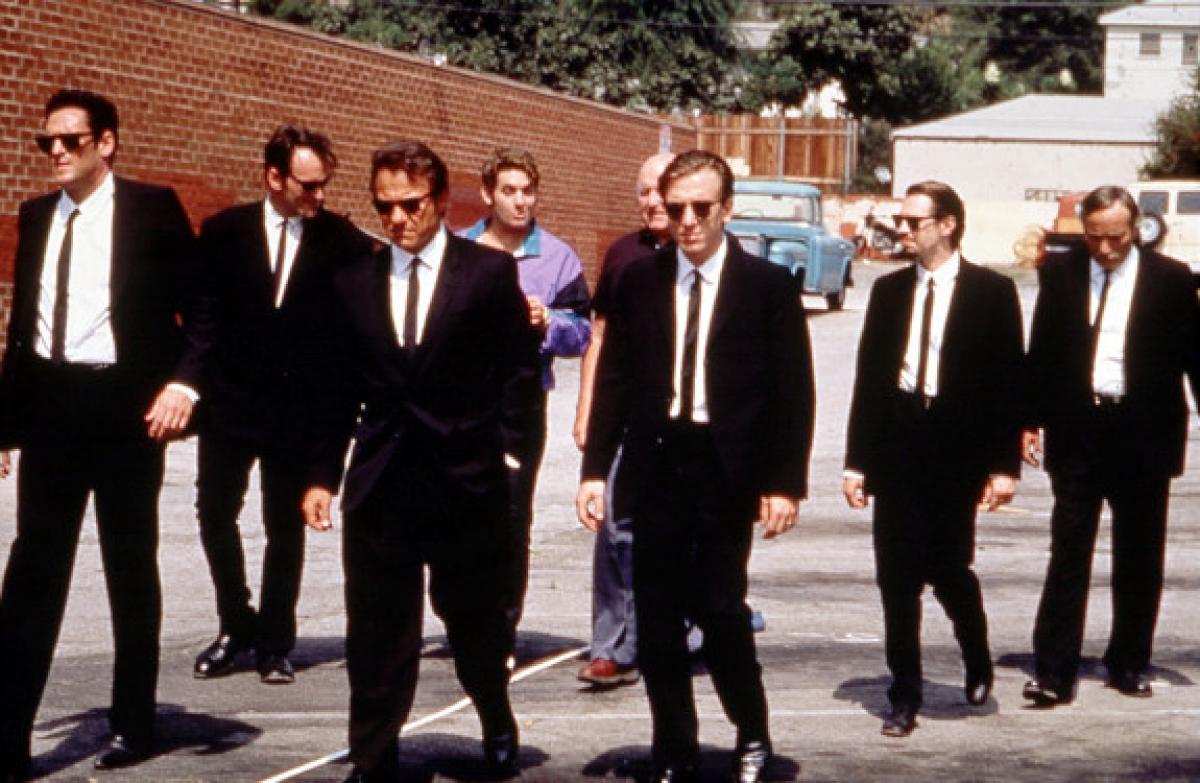
As a debut feature, Reservoir Dogs is a serious statement of intent. The film bears all the signs of a first feature, namely a very restricted budget. A heist gone wrong flick where we never actually see the heist, most of the action takes place in a small warehouse. Its almost singular setting adds an edge of theatre to the film, and the confined budget means that Tarantino can focus more on character than plot. The writing is some of the sharpest that he’s ever done, and the characters are brilliantly drawn through the quick fire dialogue. As if to remind us that these charming men inhabit a very dangerous world, gratuitous violence frequently appears, but it’s sporadic enough to remain shocking. For a first time director Tarantino manages to coax great performances out of the cast, with Michael Madson coming across as particularly brilliant as the psychotic Mr. Blonde. Tarantino directs with absolute self confidence that never crosses into arrogance. A lot of the traits that would define his features, the violence, the dialogue, the ear for music, the non-linear narrative, are all on display in his first movie, and some of them are handled far better than a lot of seasoned directors.
Key scene: While it’s tempting to name the scene where the Mr. White tortures a helpless security guard to the innocuous tones of Steelers Wheel, the best scene is the opening sequence. Each character is introduced perfectly and the conversation, about Madonna’s “Like a Virgin”, is a perfect example of Tarantino’s ear for dialogue.
4 – Pulp Fiction
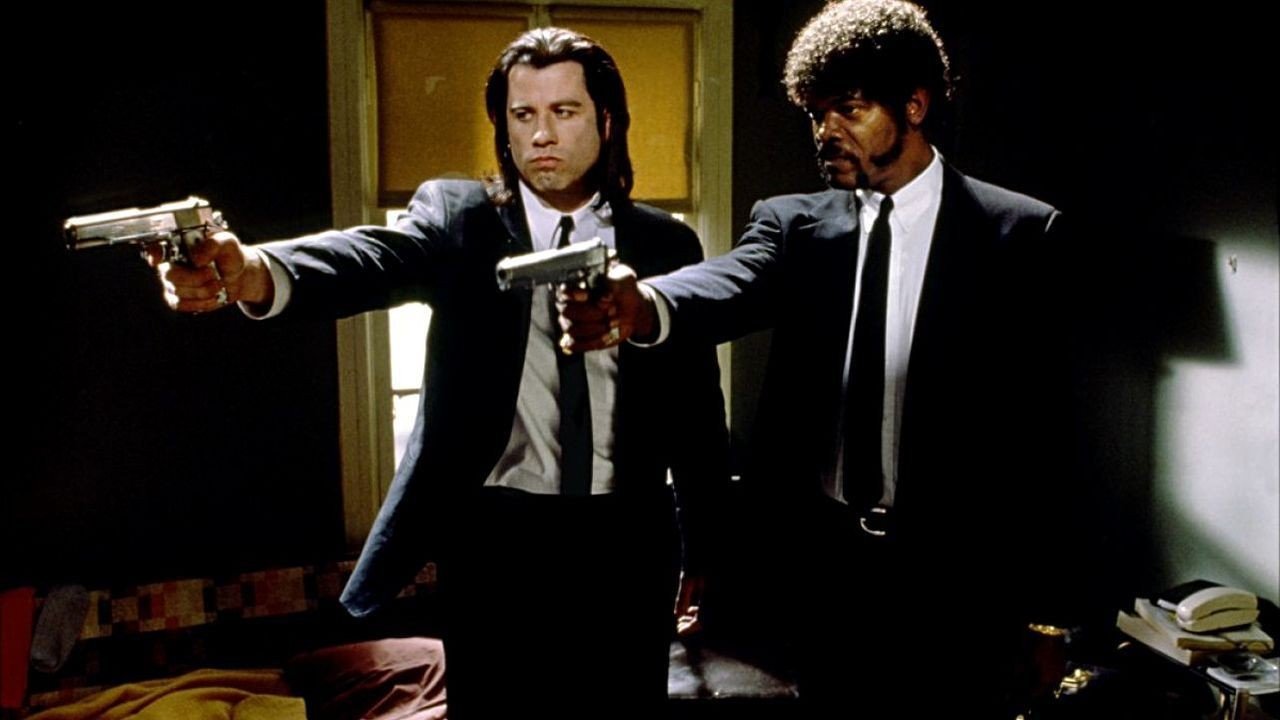
Often cited as his best film, Pulp Fiction is a technical marvel. The film consists of four interlinked stories, that give us a kaleidoscopic view of a group of L.A. lowlifes. The stories themselves are classic pulp tales (the boxer who has to throw a fight, the gangster who falls for his boss’s wife), but Tarantino gives them all a post-modern twist, and the script is rife with subversions, allusions and nods to a myriad of classic films. The problem with Pulp Fiction is that it has become very ingrained within the pop culture lexicon. It’s become so talked about that it feels slightly overrated upon rewatching. It’s been analysed to death, so spotting references has become a lot less enjoyable. That said it’s still unbelievably stylish and parts are viscerally thrilling to watch. The endlessly quotable dialogue still sounds magnificent, delivered with supreme aplomb by cast, who are all on top form. Samuel L. Jackson, John Travolta and Uma Thurman are the obvious standouts, but Bruce Willis is a particular revelation as past-his-prime boxer, Butch. Willis is probably best known for starring in mindless blockbusters, and he channels that energy into an incredible physical performance.
Key Scene: It’s hard to pick just one, but for my money it’s hard to top the car scene at the beginning of the Bonnie situation segment. Horrifying, hilarious and totally unexpected, it remains a gut punch even after all these years.
3 – Kill Bill: Vol. 1
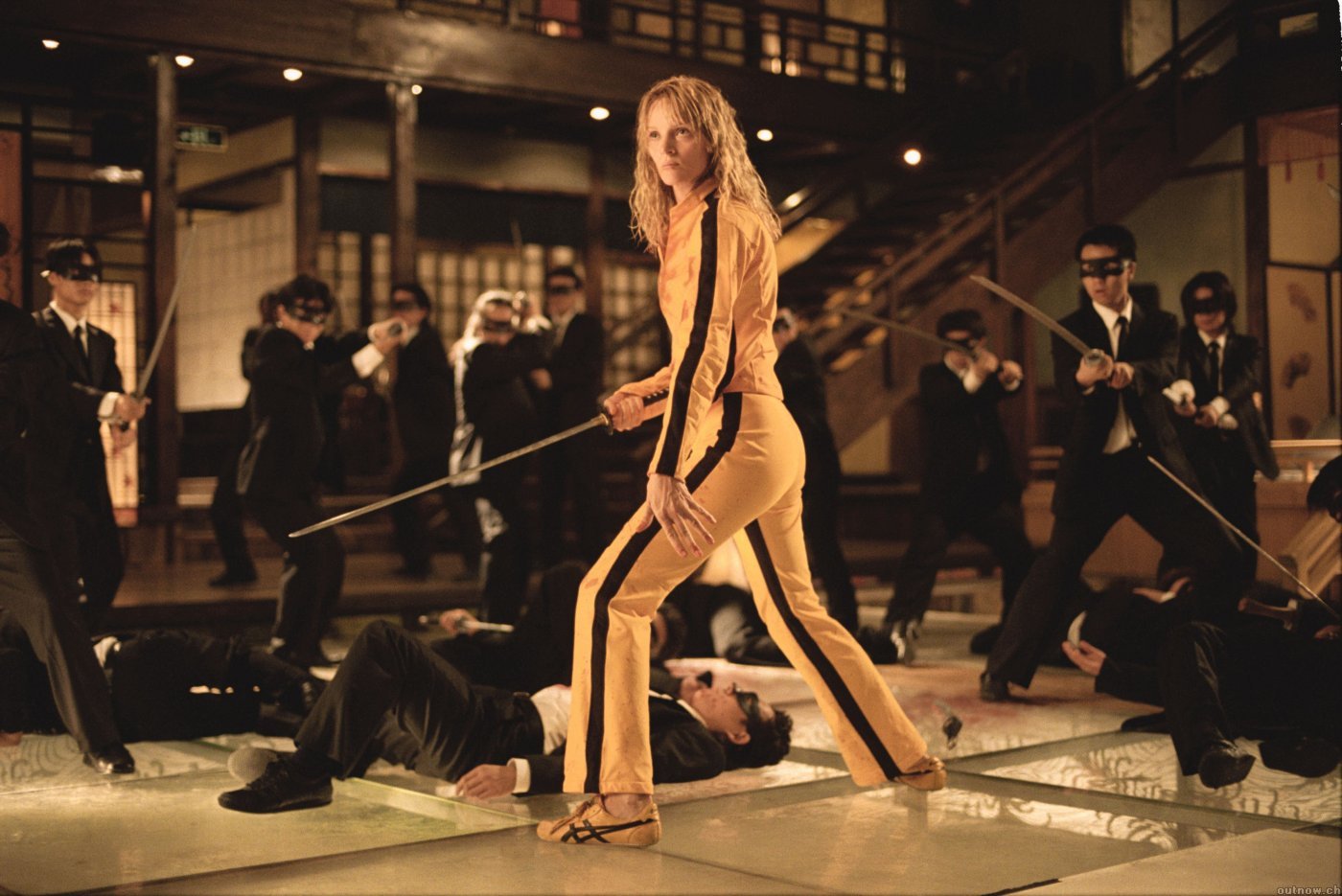
The first Kill Bill movie is a big dumb action movie made by somebody that knows exactly how big dumb action movies work. Like all great action films, the plot is barely there, its sole purpose is to breeze the film along from one big set piece to another. Tarantino gets a lot of praise for his dialogue and character, but less is said about his visual cues. Kill Bill looks absolutely gorgeous. There’s a lot of visual nods to classic comfort food entertainment, from television (the use of the Ironside theme song, numerous Star Trek quotes), to anime (the beautifully put together O-Ren origin sequence). Best of all is the last forty five minutes or so, which is a loving tribute to kung fu movies, choreographed with absolute reverence and surprising reserve. The entire movie rests on Uma Thurman, who gives a career best performance as the blood spattered Bride. You can feel the sweat and grit radiating from the screen.
Key Scene: Far away the final showdown between the Bride and the Crazy 88 (though there’s only about 46) in the House of Blue Leaves. Gory, over the top and visually slick, it’s a frenetic sequence put together with pure love.
2 – Death Proof
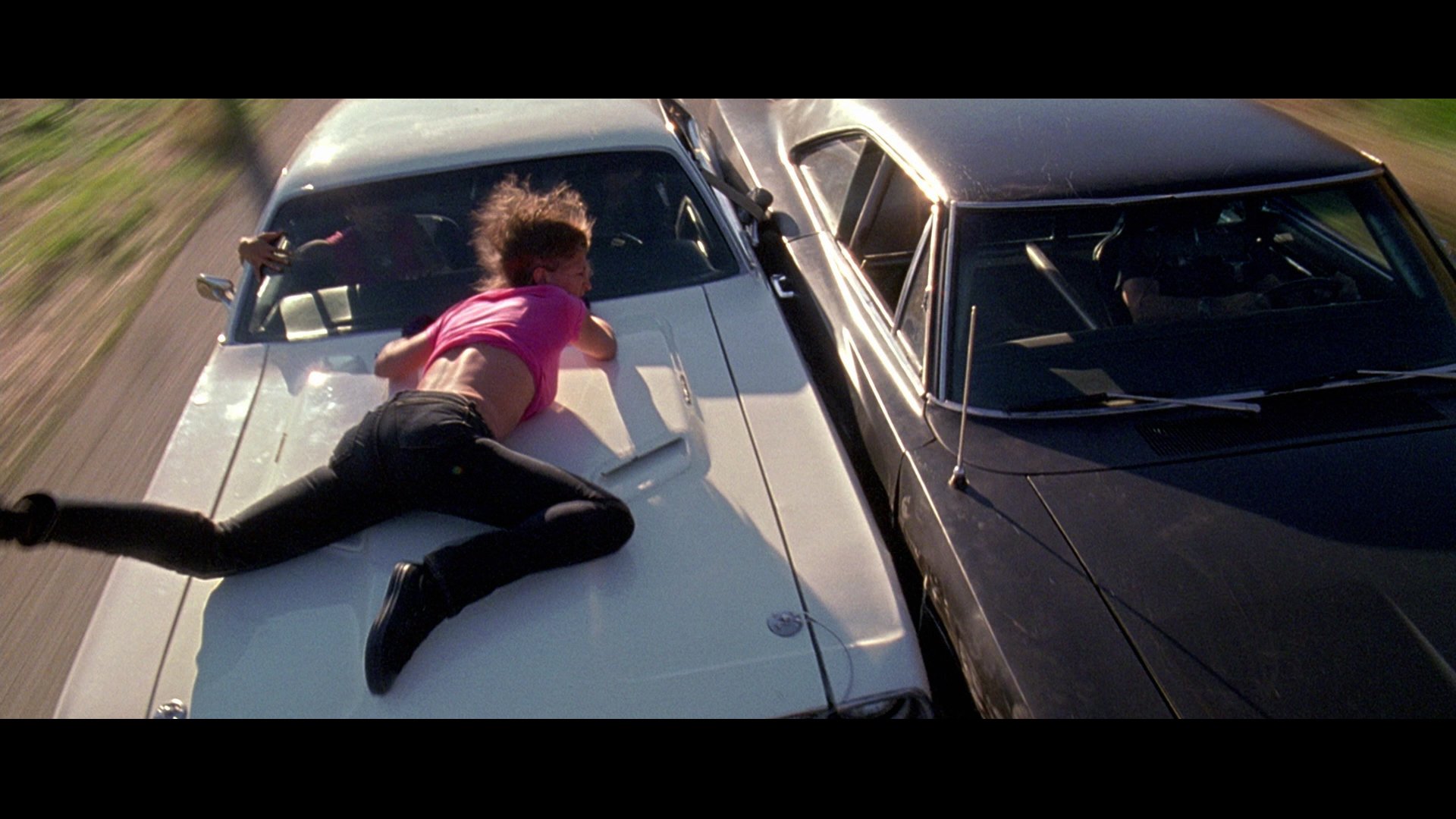
Death Proof is that Tarantino movie that critics tend to be very sniffy about. Produced as one half of the “Grindhouse” project with Robert Rodriguez (essentially each director made a shortish (90 minute) feature that was a throwback to 70s B movies, and they’d be released as one movie, complete with fake trailers between), Death Proof drew criticism for its perceived simplicity. It deliberately looks very rough, the footage looking grainy and out of focus at times, the acting comes across as amateurish at times (stuntwomen Zoe Bell plays herself, and Kurt Russell chows the scenery as only he can), and the plot is very simple (Stuntman Mike kills women, women decide to kill Stuntman Mike). Taken on its own terms however, Death Proof is an incredible piece of work. It sits very comfortably next to the 70s exploitation movies that it homages, in terms of the sheer amount of fun that comes with every watch. There’s no pretence that this movie is trying to go out and win Oscars, it’s a movie that indulges in the visceral thrill of cinema.
Key Scene: The last car chase sequence. If you’re not on the edge of your seat at this stage, then it’s very likely that you’re dead inside. It’s gripping, nail biting stuff, the type of stuff that makes you shout and cheer at the screen. The reason it works is because you’re so invested in the characters at this point, putting to bed the idea that this is a shallow film.
1 – Inglorious Basterds
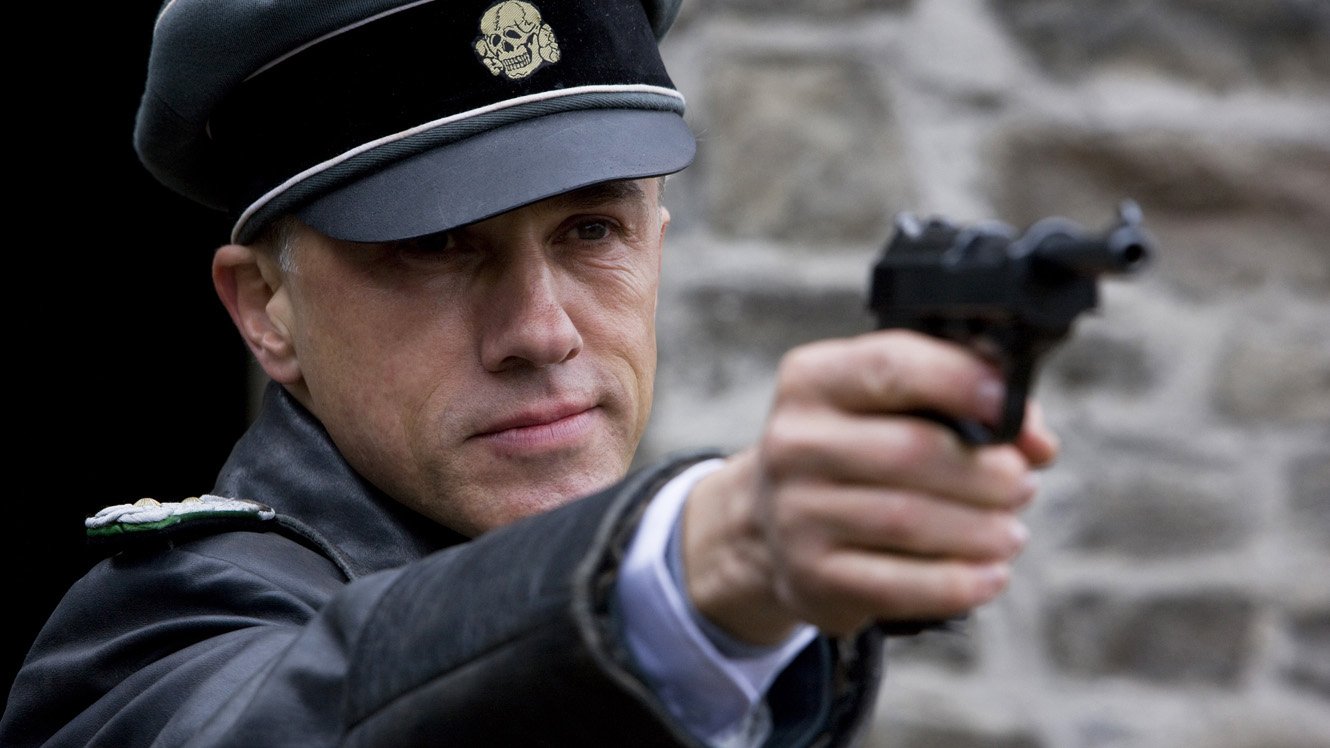
Inglorious Basterds takes all the traits that Tarantino is known for, the non-linear narrative, the dialogue, the humour, the violence, and combines them all together in a manner that is virtuosic. Tarantino is at his most disciplined, getting rid of his worst indulgences to produce a lean, punchy effort. The technique of telling the story via “chapters” means that structurally it’s as tight as a coiled fist, and the multi stranded plot glides along without ever feeling too sprawling. The dialogue is the best he’s ever written, memorable, funny and wrought with tension, made all the more remarkable by the fact that it’s mostly in German and has to be read. Brad Pitt and Diane Kruger exude (tongue in cheek) old school movie star glamour, appearing absolutely magnetic on screen, but newcomer Christoph Waltz steals the show. Waltz is the crux of the film. His Colonel Hans Landa is a despicable character, but you can’t wait to see him on screen as well. Similarly the same can be said for the idea behind the film as a whole. Though set in Europe during the Second World War, a lot of the tropes and cues in this movie come from westerns, from the staccato guitar soundtrack to the cartoonish violence and the very cavalier revisionism of history. It’s American cowboy nationalism v.s. the most dangerous form of nationalism that the world as ever seen. It really shouldn’t work, but somehow it comes together in an altogether glorious manner.
Key Scene: The slow burn sequence set in a basement pub where undercover Michael Fassbender and Diane Kruger attempt to outfox August Diel’s SS major. It takes its time, the tension constantly builds and never peaks and at this point that movie is confident enough that you’re going to read all the subtitles.
Featured Image Credit: guardianlv.com

